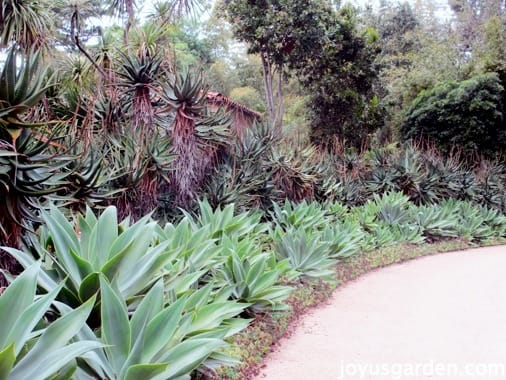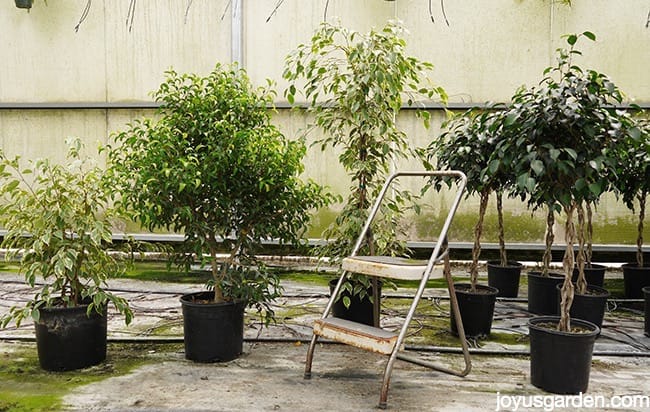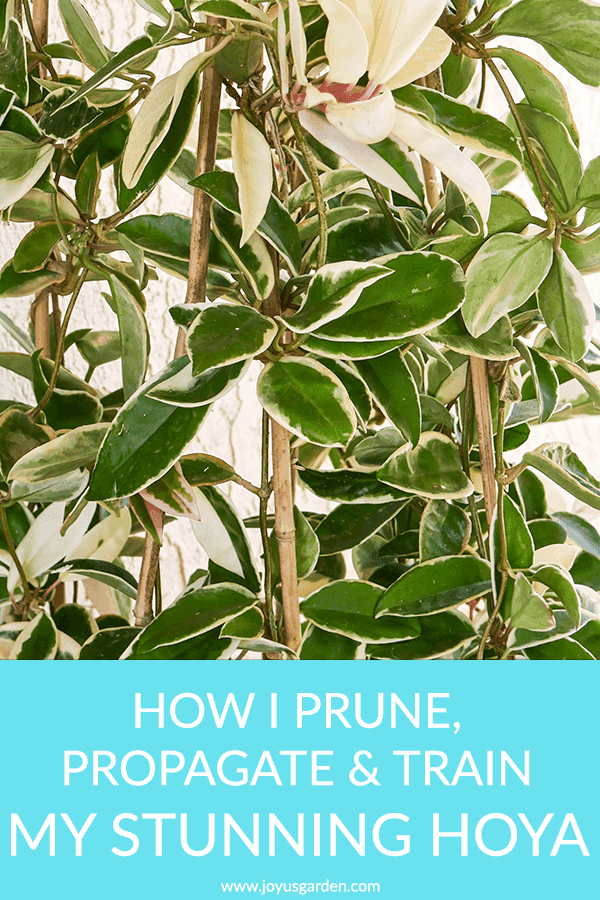Answers To Your Questions About Peperomia Plant Care
Peperomias are attractive houseplants that are available in a wide variety of foliage shapes, textures, and colors as well as sizes and forms. I’ve been growing peperomia plants for a long time now and find them to be one of the most easy-care tropical indoor plants. Here I answer FAQs about peperomia plant care based on what I’ve learned.
There are well over a thousand different types of peperomias. I’d hazard a guess that there are 25-35 peperomia species as well as varieties sold in the houseplant trade. Some require a bit more light than others to do well, but in general, the care is the same for all peperomia houseplants.
Common Questions About Peperomia Plant Care
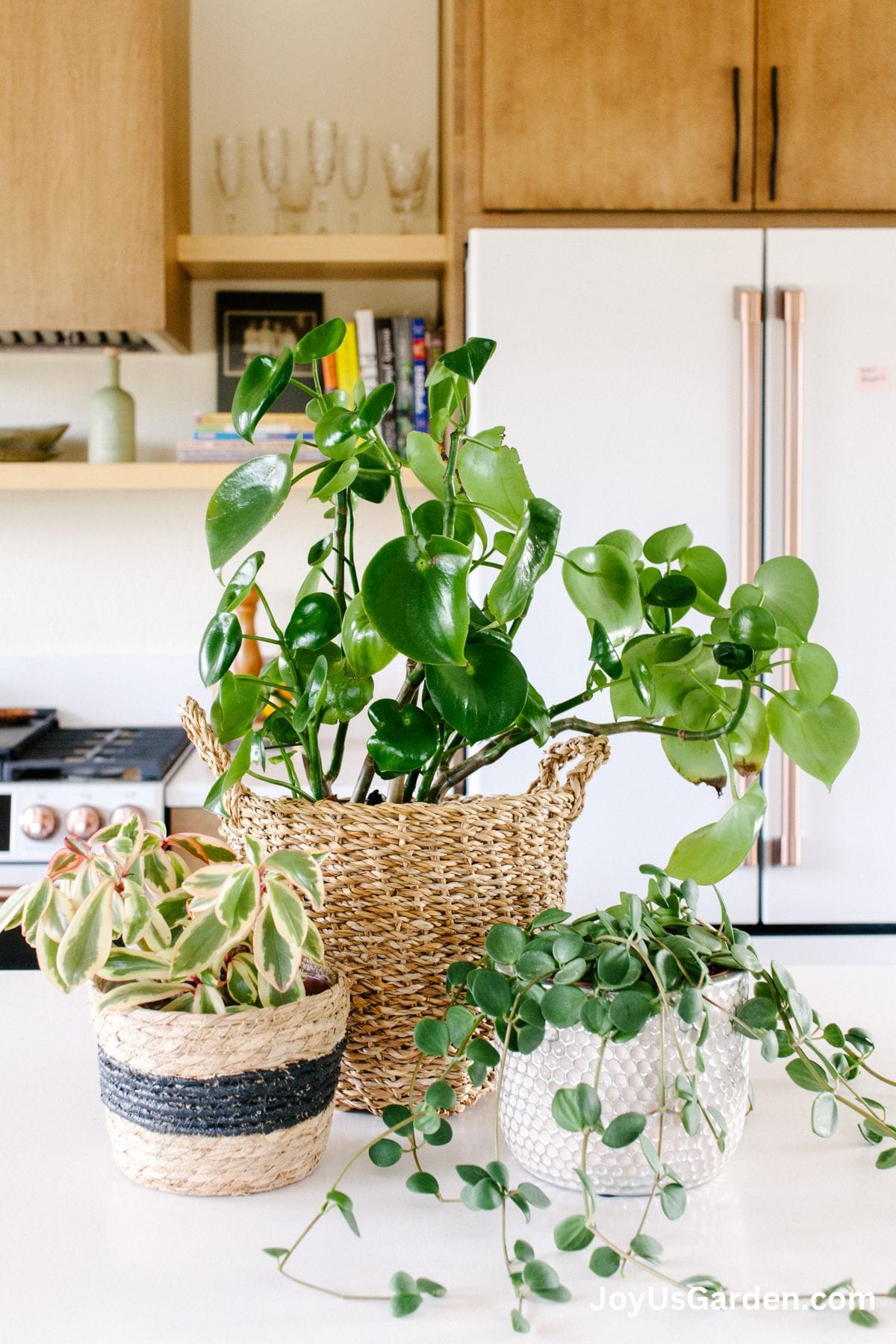
Exposure
Can peperomias grow in low light? Does A peperomia need direct sunlight? Do peperomias like sun or shade?
Some peperomias can tolerate lower light conditions. Remember, low light doesn’t mean no light. All of them will do and look best with bright indirect light.
Peperomias don’t need direct sunlight. They do best in a spot with indirect sunlight near but not in a window. If they receive too much sunlight, they’ll sunburn in no time.
When asking about sun or shade tells me the plant is growing outdoors. Houseplant light requirements are classified as low light, moderate light, and high light. Your peperomias can enjoy being outside in the summer months in the bright shade where they’re sheltered from the hot sun. Be sure to bring them in before the temps dip below 55F.
Location
Where do you put a peperomia in your home? What window is best for a peperomia?
Where you can enjoy it! Any room is fine, preferably one with a window or more so it can receive natural light. You want it in bright light but kept it out of hot windows and away from hot or cold drafts.
I have four of my seven peperomias growing in my kitchen which has four windows plus a glass patio sliding door. I spend a lot of time in this room and enjoy seeing them multiple times a day.
An east, south, or west window is best for that bright light exposure. A few feet away from the east window is fine, whereas in regards to a south or west window, at least 5′ away is best to shelter it from direct rays.
Watering Peperomia Plants
How do you know if a peperomia needs water? Do peperomias like to dry out?
Your plants will let you know if the soil is too dry or too wet. I can tell when my Peperomia argyreia or Peperomia caperata needs water because the stems start to droop. This can also be confused with too much water and you may have a hard time distinguishing between the two.
A peperomia is a small plant so you should be able to tell if the potting soil is dry all the way down, not just on the surface. Even though the top 1″ or 2″ of soil is dry, it may be wet in the bottom half of the pot.
Another sign is drooping leaves that feel dry. A plant may also droop if kept too wet, but the leaves (and perhaps the stems) will be mushy to the touch.
Peperomias aren’t technically succulents, but they are succulent-like. They have thick leaves and stems that store water (especially the popular Peperomia obtusifolia) so I let mine dry out before watering again. This is one of the keys to peperomia plant care.
Make sure yours is planted in a loose potting mix that drains well and has adequate aeration. A drainage hole or holes on the bottom of the pot will ensure that the excess water freely flows out and doesn’t build up in the lower half.
I back off on the watering frequency in the winter months. For instance, if I water my Radiator Plants (another popular species of peperomia) once every 7 days in the summer, I’ll water them every 10-14 days in the winter.
There are many Radiator Plants to choose from. Here’s a guide to Ripple Peperomia Care you’ll find helpful.
Growth Rate
Are peperomias slow growing? Are peperomias easy to grow?
Peperomia plants can be slow growing and are often billed as such. I live in the sunniest state in the US (Arizona) in a house with a lot of windows. I’d say my peperomias grow at a moderate rate, definitely slower during the time of year when the days are shorter and darker.
I find peperomias to be very easy to grow. I live in the desert and none of mine are showing signs of stress. They all get plenty of natural light, are planted in well-drained soil, and are pest free. I feed them on the same schedule as my other plants native to tropical areas.
Do you love a plant with jazzy foliage? Be sure to check out this Watermelon Peperomia Care guide.
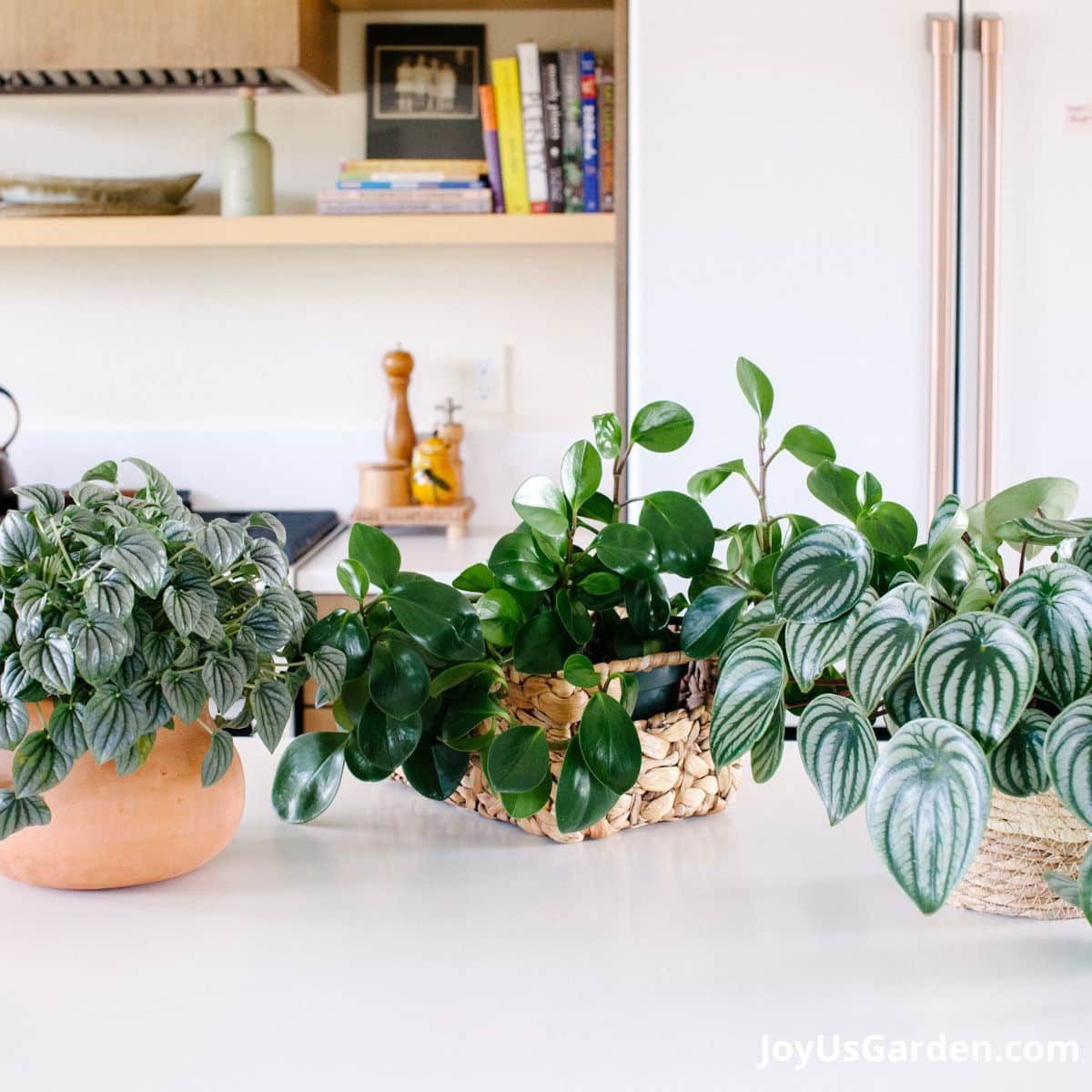
Growth Habits
Do peperomias like to climb? Do peperomias hang? Why is my peperomia falling over?
There are many species and varieties of peperomia to choose from. Some grow as more upright plants, and some stay as compact houseplants. In nature, many of the peperomias grow up trees, so yes, some do like to climb.
My Baby Rubber Plant has some stems growing upwards as well as some trailing over the basket. They climb up other plants in their native habitat. If I trained it on a trellis, piece of wood, or moss stake, it would climb. There are root nodes up and down the stem so they can grab onto whatever they’re climbing up.
Yes, some peperomias hang. My Peperomia Hope is an example of this along with the sweet Peperomia prostrata (String Of Turtles).
Do you want an easy-care, tough houseplant with glossy dark green leaves? The Baby Rubber Plant is the one for you!
Peperomia Plant Not Growing
Why is my peperomia not growing? How can I make my peperomia grow?
There are a few reasons why your peperomia plant may not be growing. It may need more light, more humidity, warmer temps, feeding, or to have the watering tweaked.
There are a few things you can try to make your peperomia will grow. First off, move it to a spot with more light. They like bright light, but no direct hot sun exposure.
Although they adapt to the dry air in our homes, they are native to tropical climates. If lack of humidity is an issue, you can read the post below to see what I do for my plants when levels drop below 25-30%.
Average indoor temperatures are fine, but they’re not fans of consistently cold temperatures. Do whatever you can to increase the warmth factor.
As for feeding and fertilizing, I have the same routine for all my tropical indoor plants. You can also read about this under “Feeding” which is the category right below.
Watering can be tricky to get right. I know – I’ve been enjoying houseplants for almost sixty years now! Peperomias are succulent-like and although they don’t like their soil moisture level to be high on the regular, they don’t like to be consistently dry either. I water mine when the soil is nearly or just dry.
Do you have a lot of tropical plants? We have a whole guide on Plant Humidity that might interest you.
Feeding/Fertilizing Peperomias
What do you feed a peperomia?
I feed my peperomias the same way I feed most of my indoor plants, succulents and cacti excluded.
I give the majority of my houseplants a light application of worm compost with a light layer of compost over that every other spring. Easy does it – a 1/4 ” layer of each is enough for a 6? size houseplant. I also mix in a bit of worm compost and compost when I’m repotting them.
I’m currently using two water-soluble fertilizers, Grow Big and Sea Grow All Purpose seven times during the growing season. By the way, I alternate these fertilizers every month and don’t use them combined together.
I fertilize my indoor plants starting in mid-February through October. We have a long growing season here in Tucson so my houseplants appreciate it.
When my plants are putting new growth and new leaves, it’s a sign for me to start feeding. For you in a different climate zone with a shorter season, feeding two or three times per year may do it for your plants.
Don’t give them too great an amount of fertilizer or feed them too often because salts can build up and eventually burn the roots of the plant. This will show up as brown spots on the leaves.
If you fertilize more than three times a year, you can try using the fertilizer at half-strength. The label on the jar or bottle will guide you as to how much to use.
Peperomia Plant Gettting Leggy
How do you keep a peperomia from getting leggy?
Some, like the popular Ripple Peperomias or the Watermelon Peperomias, are compact and mounding in form but may get leggy or thinner. If the growth is getting weaker, smaller, and reaching toward a light source, then it simply needs more light. Move it to a spot with a brighter exposure.
The Baby Rubber Plant grows much bigger and has a different growth habit. It may also need more light but pruning may be done in order to keep the shape in check. Mine gets a little wild, so I tip-prune it every year or so and that does the trick.
Tip pruning is when you pinch off the top 1/2″-3″ of new growth to keep it at a desired length or height. You may have to do more extensive pruning if yours has gotten really leggy. How much you prune off depends on how leggy the plant is and how you want it to look.
As long as you’re pruning, why not take some stem cuttings or leaf cuttings? Please check out Pruning & Propagating Baby Rubber Plant Cuttings along with Planting Baby Rubber Plant Cuttings.
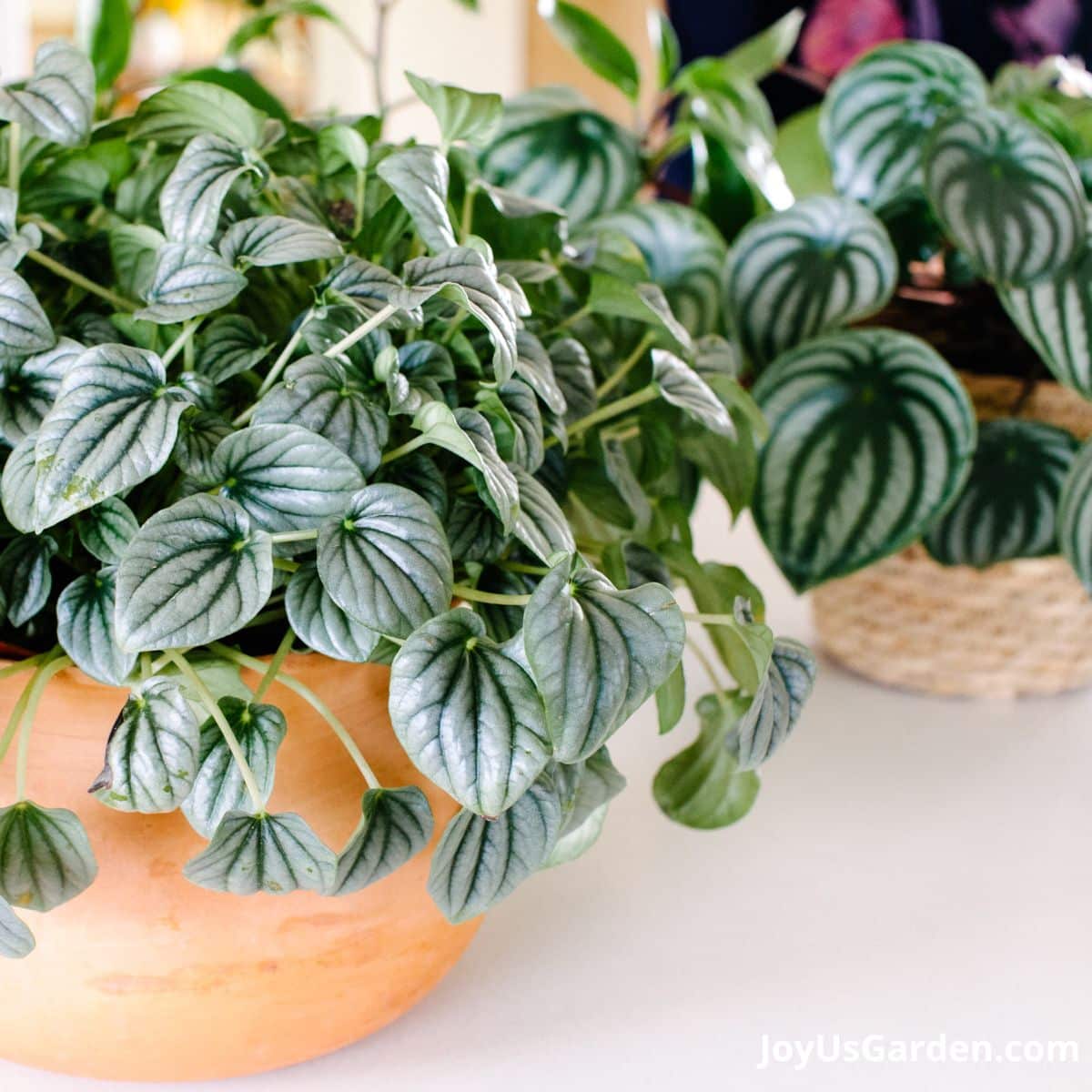
In Terrariums
Peperomias are tropical plants that love high humidity and a closed terrarium creates that environment. You can find them in 3″ and 4″ grow pot sizes.
These smaller plants can be combined with other ones suited for growing in a terrarium if the container is big enough, or they can be grown as a single plant in a smaller terrarium container.
Interested in creating a terrarium? We have a guide on How To DIY A Terrarium 4 ways plus a terrarium container Shopping Guide.
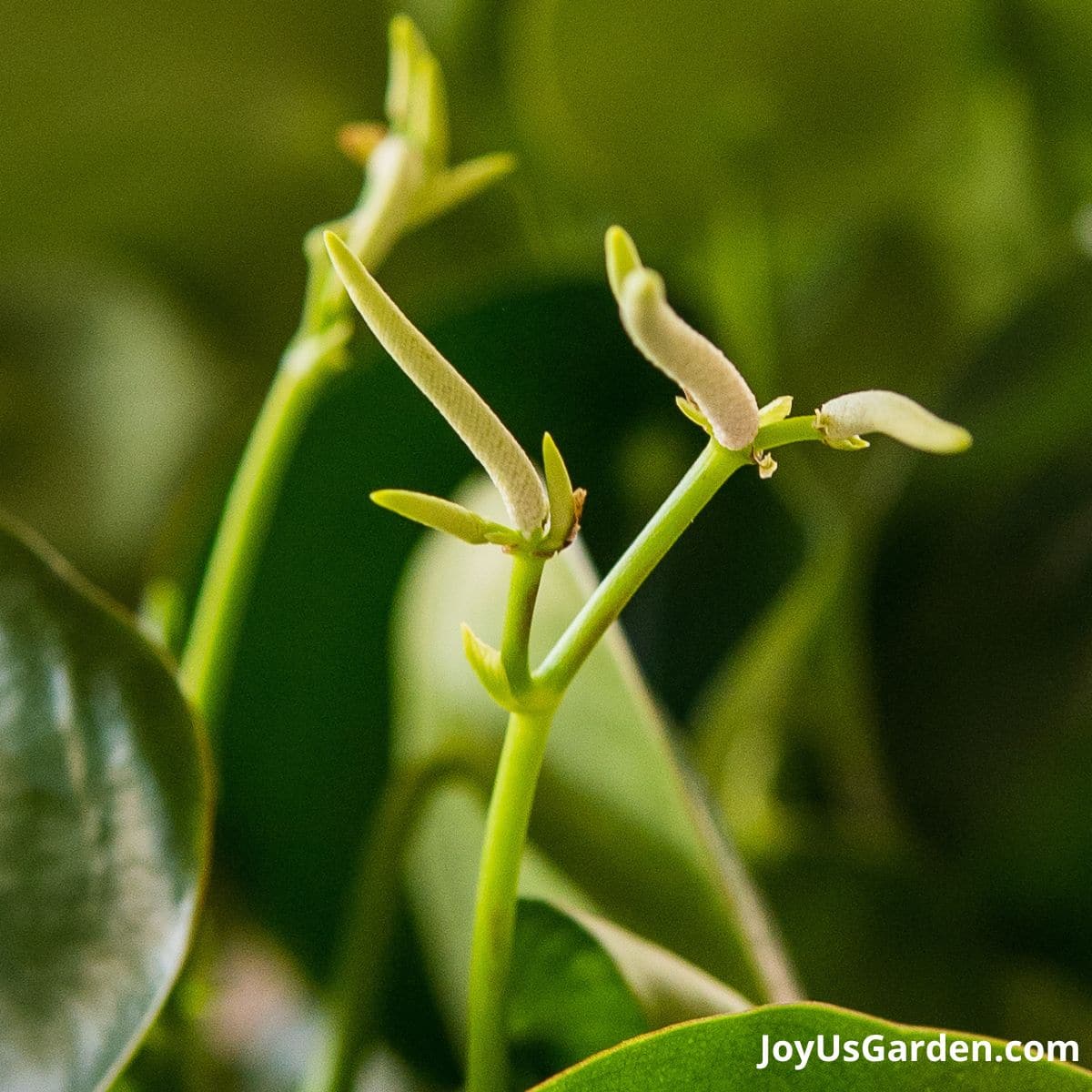
Peperomia Flowers
What is growing out of my peperomia? Why is my peperomia growing spikes?
If it doesn’t look like a leaf, then it is most likely the flowers. They tend to put out quite a few flowers, but the flowers themselves are insignificant.
Peperomia flowers are teeny tiny. What you’re seeing are the greenish flower spikes that could be mistaken for new growth that doesn’t open.
Peperomias flower when conditions are to their liking, so hopefully yours will!
Peperomia Leaves Turning Yellow or Brown
Yellow leaves on plants happen for quite a few reasons. The most common are watering issues (too much or too little), the soil is poorly drained, a need for more light, a pest infestation, or a lack of nutrients.
When it comes to houseplants, water and light exposure are the two most common issues. If the plant is getting too much water you’ll see yellow leaves which eventually turn brownish and mushy. If not enough water, the yellow leaves eventually become dry.
Peperomias have fleshy leaves and stems that are full of water. Soil kept too wet can lead to the risk of root rot. You’ll see the leaves turning brown and mushy. Large brown spots on the leaves can be caused by a fungal disease due to the plant being kept too wet.
Pet Safety
They are said to be non-toxic to both cats and dogs. I always check the ASPCA website for this information and to see if a plant is toxic and in what way.
Peperomia Plant Care Video Guide
Our Q & A series is a monthly installment where we answer your most common questions on caring for specific plants. Our previous posts cover Christmas Cactus, Poinsettia, Pothos, String Of Pearls, Lavender, Star Jasmine, Fertilizing & Feeding Roses, Aloe Vera, Bougainvillea, & Snake Plants.
If you’re looking for a sweet, small houseplant, then be sure to put one of the peperomia varieties on your shopping list. I hope this has made peperomia plant care easy for you!
Happy Gardening,

This post may contain affiliate links, you can read our policies here.


